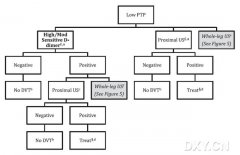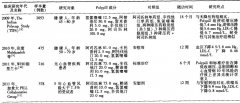读医学网
2012年美国ILAE癫痫治疗指南
发布时间:2014-05-19 10:35 类别:神经系统疾病 标签:review MEDLINE literature Current 来源:丁香园
To assess which antiepileptic medications (AEDs) have the best evidence for long-term efficacy or effectiveness as initial monotherapy for patients with newly diagnosed or untreated epilepsy.
A 10-member subcommission of the Commission on Therapeutic Strategies of The International League Against Epilepsy (ILAE), including adult and pediatric epileptologists, clinical pharmacologists, clinical trialists, and a statistician evaluated available evidence found through a structured literature review including MEDLINE, Current Contents and the Cochrane Library for all applicable articles from 1940 until July 2005. Articles dealing with different seizure types (for different age groups) and two epilepsy syndromes were assessed for quality of evidence (four classes) based on predefined criteria. Criteria for class I classification were a double-blind randomized controlled trial (RCT) design, ≥48-week treatment duration without forced exit criteria, information on ≥24-week seizure freedom data (efficacy) or ≥48-week retention data (effectiveness), demonstration of superiority or 80% power to detect a ≤20% relative difference in efficacy/effectiveness versus an adequate comparator, and appropriate statistical analysis. Class II studies met all class I criteria except for having either treatment duration of 24 to 47 weeks or, for noninferiority analysis, a power to only exclude a 21–30% relative difference. Class III studies included other randomized double-blind and open-label trials, and class IV included other forms of evidence (e.g., expert opinion, case reports). Quality of clinical trial evidence was used to determine the strength of the level of recommendation.




